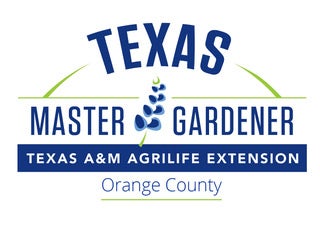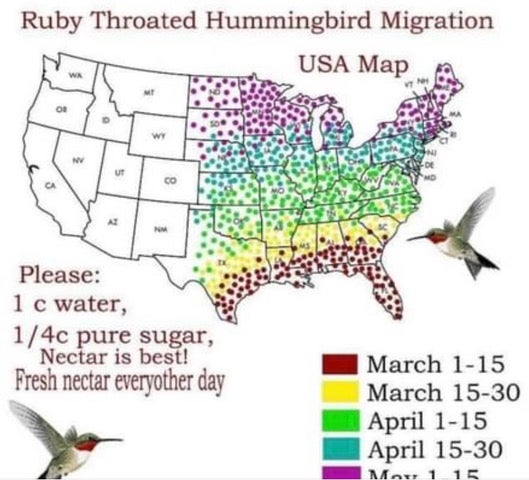Master Gardeners: Birds, birds and more birds
Published 12:18 am Sunday, March 7, 2021
|
Getting your Trinity Audio player ready...
|
By Sheri Bethard
Orange County Master Gardeners
There are a lot of us who have bird feeders and enjoy feeding the birds. I have 4 feeders on a pole system I received for my birthday one week before Hurricane Rita hit in Sept. 2005. I was surprised when we came back from evacuation, the pole system and all the feeders were still up with birds looking for food. We lost 23 trees in our yard that year due to the storm and only had a very small hole in our roof over the patio. Ever since I retired in 2000, I have been watching and feeding the birds in our back yard. I was surprised to learn not all little birds were sparrows. I have Chickadees, Titmouse, Pine Warblers, Goldfinches along with the larger birds, Cardinals, Blue Jays, Red-Headed and Red-Bellied Woodpeckers who all come to my feeders. During the spring migrations, I have seen Painted Buntings and Rose-Breasted Grosbecks come to the feeders.
We also hang hummingbird feeders to help our littlest birds get the nectar they need. Mostly in the spring and summer we have the Ruby-Throated Hummingbirds visit. In the winter we have had the Rufous Hummingbird visit.
I have found when feeding the birds, they like the black-oiled sunflower seeds and safflower seeds the most. The smaller birds like the hulled seeds such as sunflower and pumpkin seeds. Even tho the Titmouse and Chickadees are small birds, they love peanuts along with the Blue Jays and Woodpeckers.
Right now, I am filling my feeders every other day to keep them full of seed. All these birds are eating up a storm. During the freeze, I was putting out seed every day. I had so many Goldfinches probably at least 50 or more at a time on the feeders, ground and in the trees,
Birds are important to our environment. They keep systems in balance by pollinating plants, disperse seeds, scavenge carcasses and recycle nutrients into the soil. In addition, they control pests, such as the Eastern Phoebe that I see on occasion sitting on the top of my pole system watching for insects, flying up and back when it sees one to eat and the Scissor-Tailed Flycatcher which comes thru our area at times.
When birds such as the Hummingbirds get nectar or fruit (such as berries) from trees, vines, etc. both are benefiting, the birds getting much needed food and the plant is being pollinated in order to produce seeds to carry on life of the plant.
Hummingbirds will start their migration north pretty soon if they have not already started. They will be super tired from their crossing the Gulf of Mexico non-stop and will need the energy from nectar in our feeders to keep them going. Since we will not have any flowers blooming at the time, we need to do what we can to help these delicate little birds. If you look at the map, you will see they are expected to be arriving any day now. During the summer when flowers are in abundance, they work getting nectar along with pollinating plants. The picture also has a recipe for homemade juice you can feed these little creatures if you do not have any store bought available. Be sure to boil the water and let it cool or use distilled water.
Just remember, birds are our friends, and we need to do what we can to save them along with other pollinators such as bees and butterflies. They help the home gardener as well as the large farmers. So, do your part, give them the food they need especially in times when food is not readily available for them. Watching the birds feed is relaxing along with seeing what varieties come to your feeder. You would be surprised the different birds that might show up.
For your horticultural questions, please contact our Hot-Line at 409 882-7010, Tuesday and Thursdays from 10 a.m.– 2 p.m. or email ocmg1990@gmail.com.
Look for our Annual Bloomin’ Crazy Plant Fair & Sale to be help on Saturday, April 10. We will still be following the CDC guidelines for COVID-19 restrictions especially requiring masks (covering mouth and nose) and social distancing. Each customer will be given a ticket upon arrival for your entrance into the pavilion with the number being allowed in monitored. Our sale will be held at Cormier Park, 8235 FM 1442, Orangefield between the RR tracks and the Catholic Church. Hours will be 8 a.m. – 1 p.m. or longer. More information can be found on our website https://txmg.org/orange – Plant Sale.







